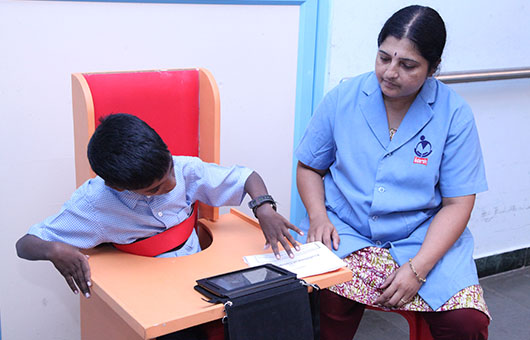Cerebral Palsy is a condition or, in other words an effect seen in children due to brain injury which takes place during intra-uterine fetal development (before birth), during birth procedure or during early childhood days (1-5 yrs). Cerebral Palsy (CP) is characterized by muscle tone imbalance, spasticity in legs and arms, inability to initiate bodily movements, lack of control in postural balance such as upright sitting, standing and walking. A causative factor for Cerebral Palsy is noted as Asphyxia (lack of oxygen to brain at the time of delivery) or Hypoxia (insufficient oxygen content in cerebral circulation). Some of the other contributing factors for this condition are premature birth of babies (6-8 months) and babies born with low birth weight (less than 2 Kgs).
